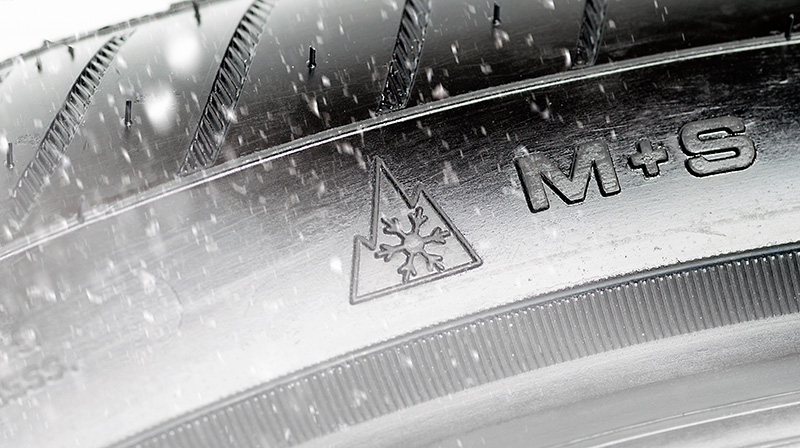Winter tires are highly recommended for a safer winter driving experience. Due to their special make, winter tires offer increased flexibility at low temperatures, and up to 50% more traction than all-season tires. Findings from Traffic Injury Research Foundation show that snow tires reduce the braking distance by up to 25%, thus lowering the risks of winter road-accidents injuries.
What are winter tires?
Winter tires are made of a special, more flexible, rubber compound that prevents them from becoming stiff at extremely low temperatures. The winter-long flexibility of snow tires prevents snow build up and provides increased traction and surface grip in all cold-weather road conditions including snow, ice, mud, slush etc.
Benefits of using winter tires
Studies have shown that compared to all-season tires, winter tires offer superior braking performance, better acceleration, and an overall increased effectiveness at temperatures as low as -20oC. In addition to increased traction, reduced slippage, and overall increased safety, snow tires also save on fuel.
Several insurance companies encourage drivers to use winter tires when driving in snow or severe winter conditions. Some insurance providers will also offer discounts for drivers that opt for winter tires. In addition, some public insurance providers can provide low-interest financing to help eligible drivers purchase winter tires.
When is the best time to switch to winter tires?
According to the Tire and Rubber Association of Canada, one should consider switching to winter tires when temperatures drop below 7°C. In some provinces, such as Quebec, winter tires are mandatory, whereas in others, such as British Columbia or Ontario, snow tires are highly recommended. It is suggested that all four tires be changed to improve vehicle control, stability and handling. Opting for winter tires may save fuel and insurance costs and increase the efficiency and safety of driving in cold weather conditions.
How to choose your winter tires?

According to Transport Canada, “tires marked with the pictograph of a peaked mountain with a snowflake have been designed specifically for use in severe snow conditions.”

